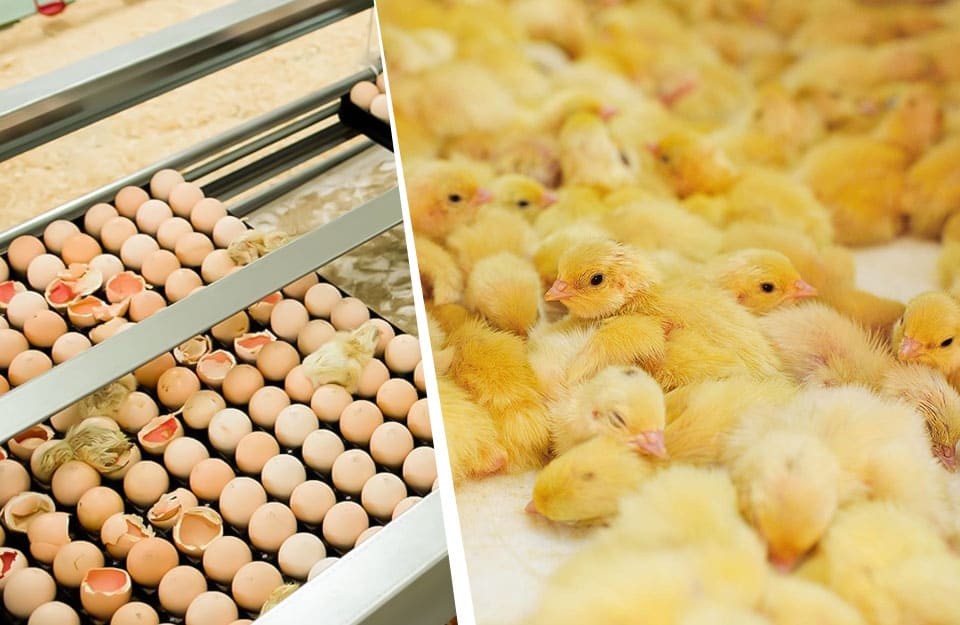
Transporting live animals presents a significant challenge to animal welfare. It serves to minimize the stress of older chicks, thereby avoiding processing while simultaneously boosting productivity, reducing antibiotic usage, and improving the flexibility of the supply chain. Through this method, chicks can be directly transported from hatcheries to farms. However, during transportation, animals often lack access to food, water, climate control, or comfort, leading to heightened levels of stress.
Chicks are raised in dimly lit and noisy environments with a notable presence of dust. It typically takes around 2 days for newly hatched chicks to dry off, during which time they do not have access to food or water, instead relying on residual nutrients from their yolk sacs. Following this initial period, chicks undergo sex determination, sorting, vaccination, and beak treatment. Subsequently, they are loaded onto trucks and transported to their rearing facilities, which can sometimes be located several miles away from the hatchery. Notably, chicks designated for broilers often undergo an innovative practice known as on-farm hatching in Europe. With this method, eggs are usually transported from the hatchery to the farm on day 18, when they are transferred from setters to hatchers using traditional methods. From there, chicks are directly placed into their rearing facilities, circumventing the transportation process, which is a significant aspect of the hatching process.
Following hatching, chicks require immediate access to food and water, crucial for both animal welfare and production. When chicks can begin feeding promptly, they rapidly initiate weight gain, potentially increasing it by up to 4.5%. Immediate access to food and water also fosters better intestinal development, which, along with reduced pathogen exposure during hatching and transportation, significantly diminishes the need for antibiotics. On-farm hatching reduces the likelihood of antibiotic usage by 5.6 times and suggests a potential decrease in overall mortality rates by up to 18%, possibly stemming from stress and nutritional deficiencies during transportation. In instances of on-farm hatching, healthier and less stressed birds equate to more productive ones. These benefits are particularly notable in countries with longer transit times, such as the United States, where punctual transportation often correlates with linear timing. On-farm hatching also showcases consistent growth alongside hatchability. In hatcheries, eggs are incubated within a specific timeframe, resulting in some eggs not hatching on schedule.
Challenges: On-farm hatching reduces labor in hatcheries, necessitating certain tasks to be performed on the farm. Farmers must ensure proper climate control before and during the hatching process, sometimes requiring additional investment. They must also identify infertile eggs or non-viable embryos and conduct humane euthanasia, crucial for maintaining high welfare standards. Moreover, farmers may need to prolong the incubation period by approximately three days to accommodate on-farm hatching, potentially requiring additional investment in on-farm hatching for procedures like beak treatment, vaccination, or sex determination.